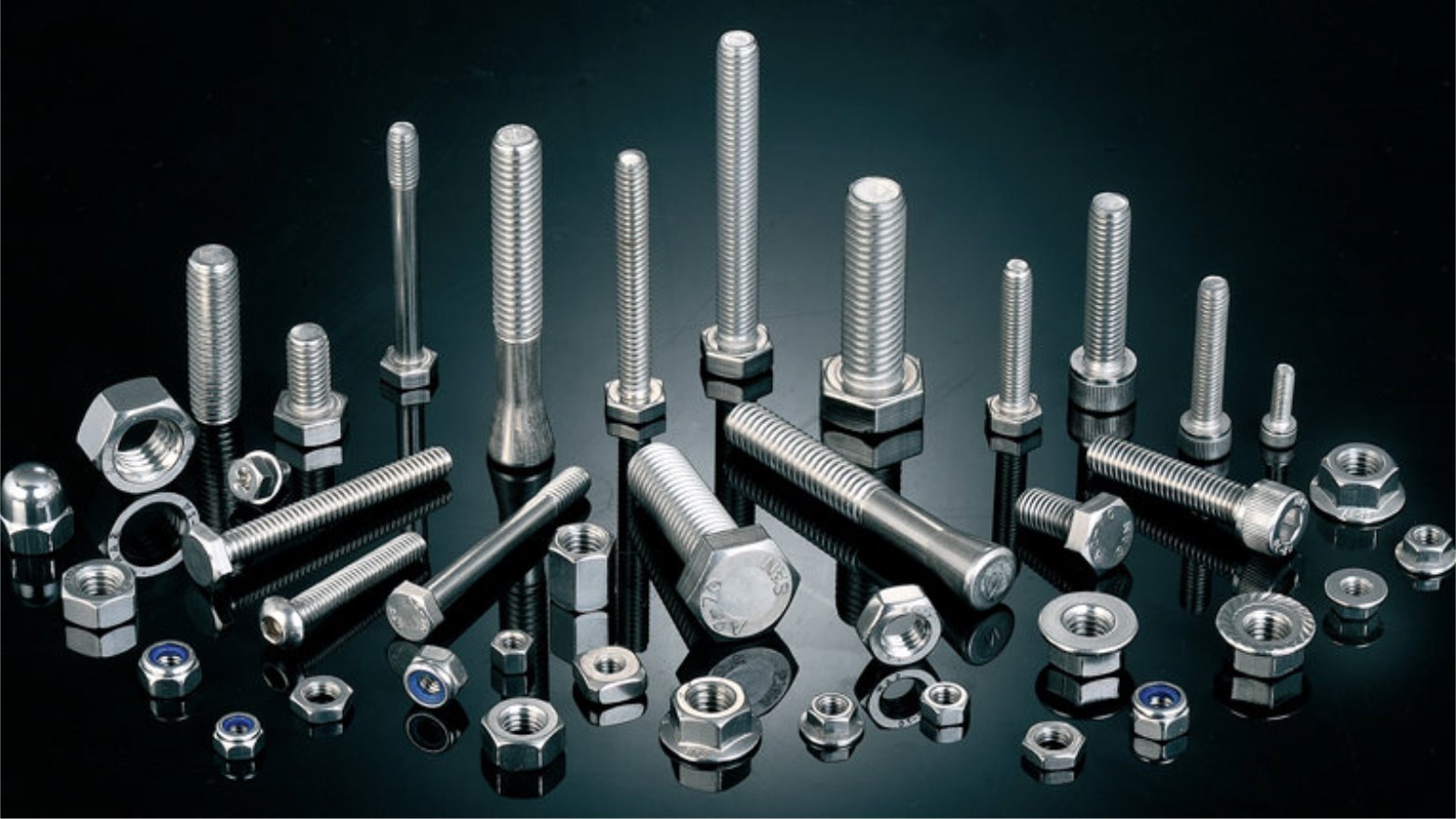When choosing screws, you need to know their diameter and pitch. In the imperial system, this is indicated by a gauge number and fraction. In the metric system, it is the first number of the screw’s measurement.
In cancellous bone, the displaced diameter correlates well with the achieved pull-out strength for screws with tapered core. However, a general validity of this correlation is not yet established.
Metric
Using a screw size chart makes sizing and purchasing fasteners much easier. The first number in the size designation refers to the screw’s diameter – the larger the number, the bigger the diameter – while the second is a descriptor of the threads. The standard screw size chart includes both inch and metric sizes.
The metric size designation is identified by a combination of numbers and letters, including the ‘M’ which signifies metric. For example, a screw labeled M3x1 has a major diameter of 3 mm and a thread pitch of 1 mm.
The Imperial system uses a similar method of sizing, but it communicates the thread dimension in terms of “Threads Per Inch,” or TPI. TPI is determined by counting the number of thread peaks in an inch of length. For example, a TPI of 20 means there are 40 threads in an inch. Both methods of screw sizing can be confusing, but understanding the differences will help you determine the right type of fastener for your application.
Imperial
A reader recently emailed to ask us about imperial screw diameters, particularly the relationship between gauge (imperial) and head size. Basically, the diameter of the screw head in inches multiplied by two and minus one equals the screw gauge in mm. This is not only accurate but handy because a number of screw sizes also have the same major diameter as well, so you can use this to find the correct drill bit for the job.
The imperial system measures screw size, major diameter and threads per inch in inches. Screws sold with imperial system measurements on the packaging will generally list the gauge and length first, then include the thread count afterward, for example: 10 x 2”.
It gets a little trickier when it comes to smaller imperial sizes. Below 1/8″, the screw diameter is listed in numbers, ranging from #12 to #0000 (super tiny). The thread count is not included between these digits, but can be calculated by counting the extra zeroes and multiplying by 0.013 in.
Countersunk
Countersunk screws have a portion of their head that rests below the surface of a hole. This helps prevent the fastener from ripping through the material and creates a more visually appealing finish. When selecting the screw diameter you need, consider whether your project calls for a countersunk or non-countersunk fastener.
In metric system screw measurements, the diameter is always listed first followed by the length of the screw. The number of threads per inch (TPI) is also shown on the packaging, but this is more often a standard identifier than a real measurement for screw size.
When measuring screw dimensions, use a vernier caliper for the most accurate results. A caliper will allow you to read the diameter of the thread along its crests, or peaks. This is called the major diameter and is typically used to identify the appropriate screw size for wood materials or metal fittings. It is also important to set your tooling at the correct speed for the material you are working with, as some materials machine better at slower speeds than others.
Round
When ordering fasteners, knowing the diameter and length required is crucial. Screws with a diameter less than 1/4″ are commonly labeled in gauge sizes from #0 to #12 or smaller. The number will indicate the outer diameter of the screw, also known as major diameter.
For sizes larger than 0 (and sometimes smaller), the major diameter is determined by multiplying the screw number by 0.013 and adding 0.060. The resulting figure indicates the screw’s major diameter and is usually accurate to within a couple of decimal places.
Machine screws are threaded to a standard and used in conjunction with nuts to fasten parts. The standard defines a thread form and series along with allowances, dimensions and designations. It is commonly referred to as the Unified Thread Standard and has displaced many older systems of thread specification, such as the Whitworth system or the BA system. It supports coarse and fine thread counts, with the lower or coarser values designated as Unified Coarse Thread (UNC). The higher or finer count is designated as Unified Fine Thread (UNF). Both have 60deg profiles. 8 screw diameter




